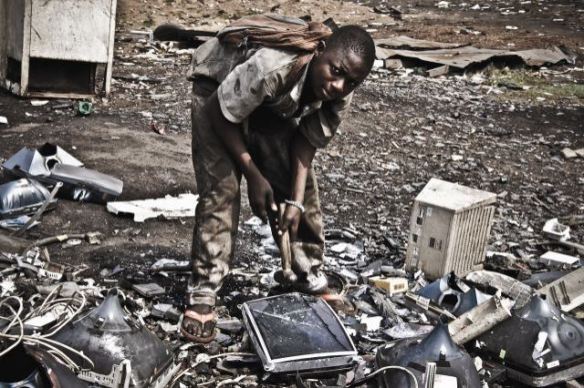Great news for all those Sydneysiders out there! On Monday the City of Sydney announced 10 new recycling stations at community centres and libraries for used batteries, light-bulbs and mobile phones.
Neighbourhood Service Centres
- CBD (One Stop Shop)
- Redfern Neighbourhood Service Centre
- Glebe Neighbourhood Service Centre
- Kings Cross Neighbourhood Service Centre
Libraries
- Surry Hills Library
- Customs House Library
- Newtown Library
- Waterloo Library
- Ultimo Library
- Haymarket Library
This gives residents a public service for recycling their hazardous e-waste that doesn’t involve waiting for the City’s quarterly e-waste and chemical drop-off days to come around.
In support the recycling of this unwanted and potentially toxic waste, Lord Mayor Clover Moore says “batteries, light bulbs and mobile phones don’t belong in our household bins” – and this is definitely something that we believe here at Recharge the Environment.
According to The City of Sydney, the statistics for recycling light bulbs and batteries is relatively grim. Every week about one million light bulbs containing mercury are sent to landfill in Australia (and as I have discussed previously, mercury is a pretty toxic substance). Of the tonnes of used handheld batteries discarded every year, the City only recovers around one tonne at e-waste and chemical clean-up days.
These new recycling stations are aimed at increasing recycling rates in Sydney. Clover Moore has also expressed interest in a ‘take-back’ policy where “options would be available from manufacturers in the future, allowing residents to return used items for recycling”.
This is all exciting news for us – definitely a positive charge for the environment! But will these new stations work with improving recycling rates? Will a ‘take-back’ policy be more successful? What do you think?
Please leave a comment below!
– Lilly




